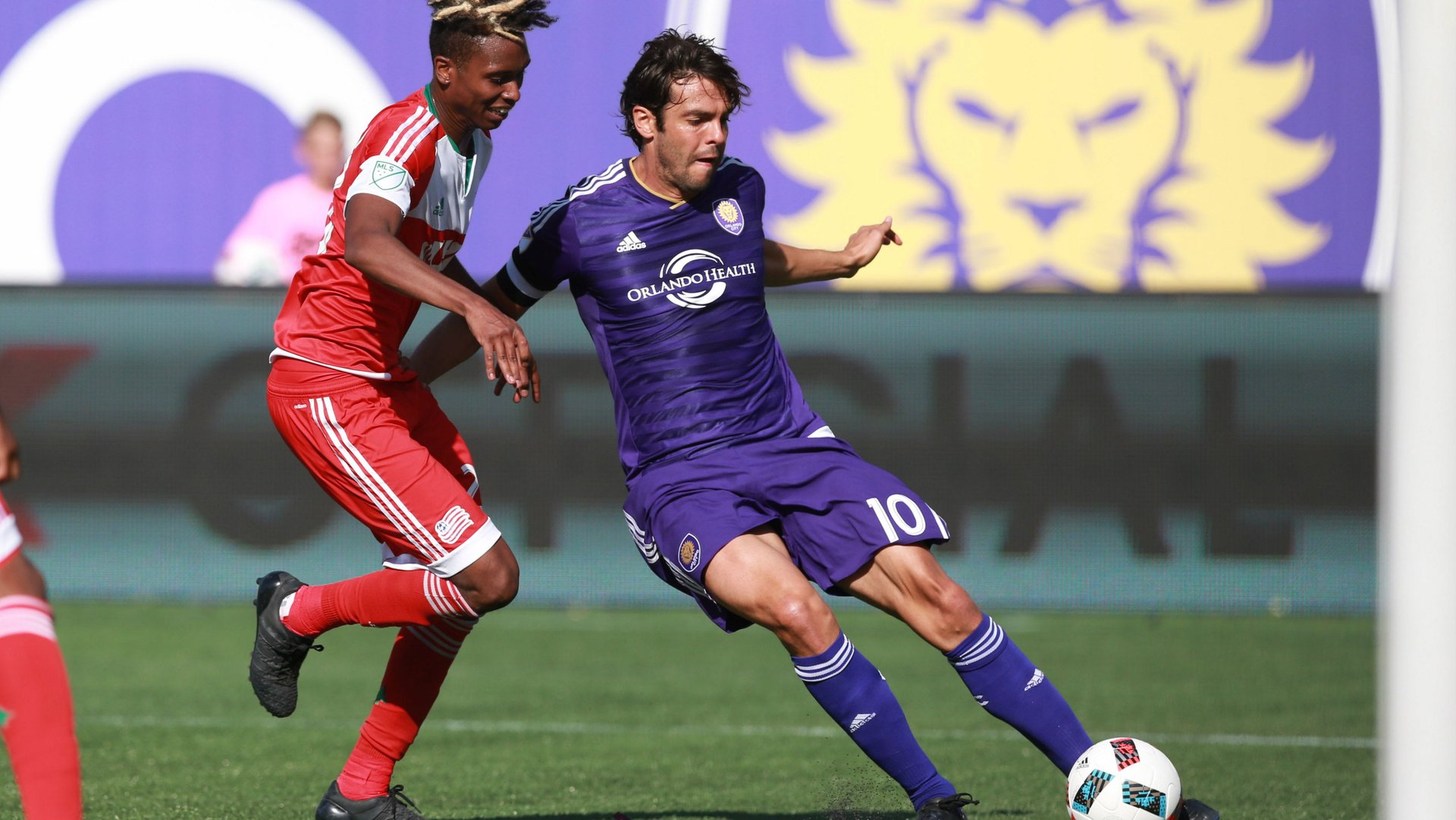The massive pay gap between star players and the rest of the MLS is bad for US men’s soccer
For the third year running, the Orlando City soccer star Ricardo Izecson dos Santos Leite (known as Kaká), has topped the list of the highest paid players in North America’s Major League Soccer (MLS), earning $7.1 million annually. That is much less than stars in other US sports, or soccer stars in other countries, but it is, notably, 40 times the salary of Cyle Larin, who finished as Orlando City’s top scorer in 2015. That’s despite the fact that Larin scored 17 league goals in 2015, compared to just 9 scored by Kaká.


For the third year running, the Orlando City soccer star Ricardo Izecson dos Santos Leite (known as Kaká), has topped the list of the highest paid players in North America’s Major League Soccer (MLS), earning $7.1 million annually. That is much less than stars in other US sports, or soccer stars in other countries, but it is, notably, 40 times the salary of Cyle Larin, who finished as Orlando City’s top scorer in 2015. That’s despite the fact that Larin scored 17 league goals in 2015, compared to just 9 scored by Kaká.
That huge pay disparity, revealed in the 2016 salary list released by the MLS players’ union, illustrates a league-wide imbalance in which star soccer players earn far more than most of their teammates. The MLS’s “designated player” rule allows clubs to sign big-name players and offer them salaries above the stated wage cap ($457,500). While designated players earn millions annually, the median salary in the MLS is $117,000. Of the more than 500 players in the MLS, only 23 earn more than a million dollars a year.
The imbalance has inevitably resulted in frustration among lower-paid players, as an anonymous ESPN survey showed: 84% of the 123 MLS players surveyed expressed dissatisfaction with their salaries, and many cited the high salaries of the designated players. “I think it’s just hard to say that it’s fair when you can be making $60,000, and a guy on your team is making $8 million,” a player said. “You don’t see gaps like that in other leagues.”
The designated player rule was put in place to help the MLS attract big-name stars such as the UK’s David Beckham in 2007. At the time, these stars were seen as key to growing the league’s popularity among soccer fans within and outside the United States, and also to close the gap between the MLS and other sport leagues.
The list of the top 10 players by salary includes other big-name foreign imports—David Villa, Sebastian Giovinco and Andrea Pirlo—as well as American stars such as Jozy Altidore and Michael Bradley (both of Toronto FC). These 10 players jointly account for 38% of the league’s total salary bill.
Another illustration of the pay gap in the MLS is in the Canada-based team, Toronto FC. The club will pay out $21.8 million in salaries in 2016, the highest in the league, but a staggering 84% of that total will be paid to Sebastian Giovinco, Michael Bradley and Jozy Altidore—the team’s three designated players.
The MLS’s salary disparity isn’t just a problem for lower-paid players. It could also adversely affect the quality of the league in the long term. The standardly low salaries can hurt the league’s ability to attract local talent, making promising young players more likely to pursue soccer careers in better paying leagues outside North America. Even worse, those players may stay away from soccer entirely if it’s not seen as a financially viable career, which could thin the talent pool for the US men’s soccer team.
“Right now, almost every single player in this league knows that this is one of two or four careers that we’re going to have,” a player told ESPN’s anonymous survey, “because the wages just aren’t there yet.”